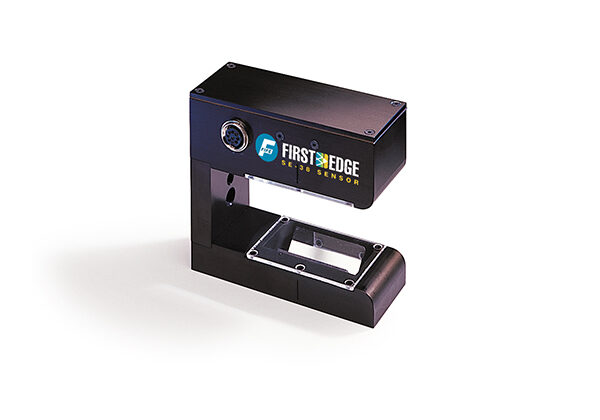
SE-38 First-Edge Sensor
All-digital sensor eliminates effects of opacity variations in non-woven materials
Unique 180º foldback prism detects materials that are nearly impossible to sense with infrared-only, air or ultrasound
Immune to web plane changes and unaffected by ambient light, including sunlight
SE-38 First-Edge Sensor Overview
The SE-38 First-Edge Sensor is an all-digital web sensor specifically designed or materials with varying opacities. Such voids, common with spun bond and loosely woven materials, are often difficult to detect with typical Infrared sensors, and nearly impossible to detect with air or ultrasound.
With its unique 180º foldback prism, the SE-38 is capable of detecting the first edge of a web and then ignoring any and all subsequent variations. It has a standard sensing gap of 50.8 mm (2 in) and a control range of 43.2 mm (1.7 in) delivering precise, versatile control for single-edge or center guiding applications.
SE-38 First-Edge Sensor
| Gap | 1.969 in50 mm |
|---|---|
| Proportional Band | 2.0 in50.8 mm |
| Resolution | 0.0025 in0.063 mm |
| Protection Class | IP50IP50 |
| Digital Output | 0 - 10 mA |
Installation Guide
2D/3D Drawings
Product Sheets
- Tag and Label
- Packaging
- Cardboard
- Food and Beverage
- Flexible Packaging
- Pharmaceutical
- Nonwovens
- Battery
- Towel and Tissue
- Specialty Converting
Related Products
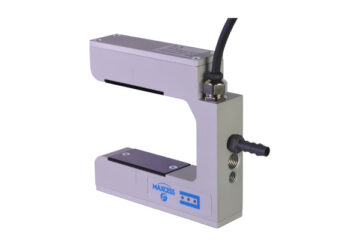
DSE-22
A high-precision infrared sensor that delivers reliable and accurate measurements in a variety of industrial applications.
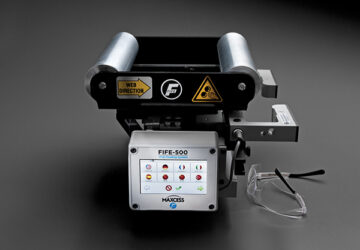
FIFE-500 Web Guiding System
Leverage the latest in web guiding technology and improve efficiency with the cost-effective FIFE-500, ideal for narrow web and nonwoven applications.
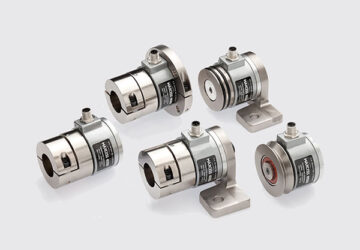
TS Load Cells
TS load cells provide the most consistent tension control regardless of temperature changes. They’re rugged and highly accurate, measuring tension in any unwind, rewind or intermediate web processing application.
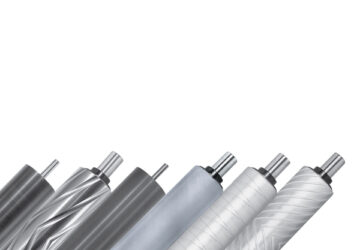
Webex Idler Rolls
We offer more than 400 standard configurations and numerous customizable options available for coating, plating, finish, groove patterns, shaft style, and environmental capabilities.